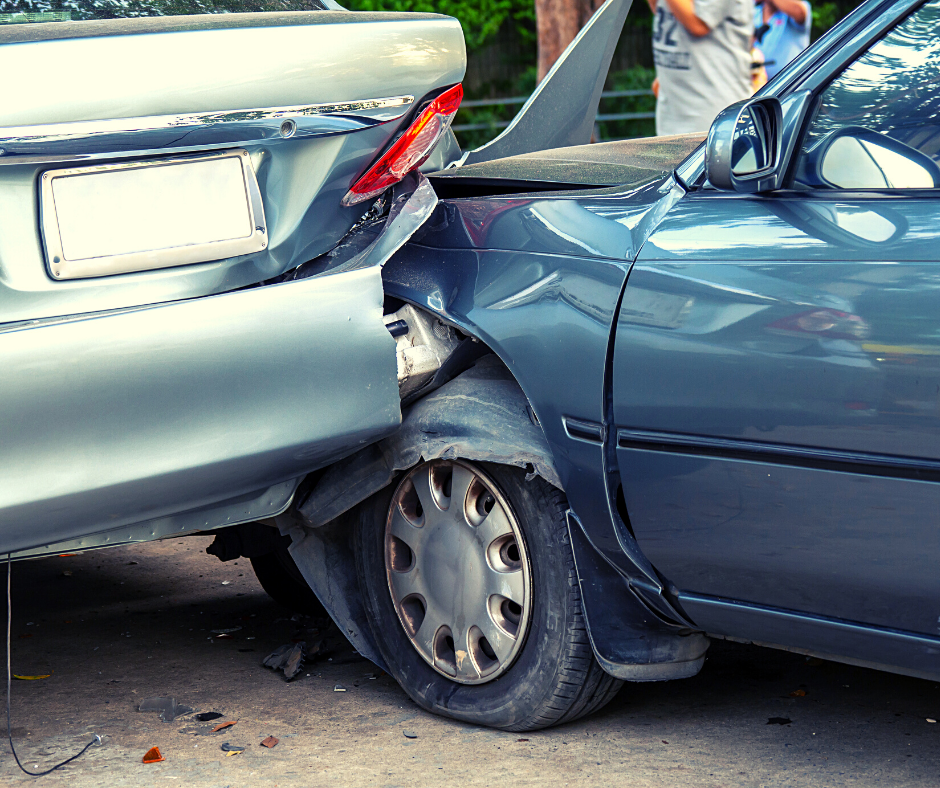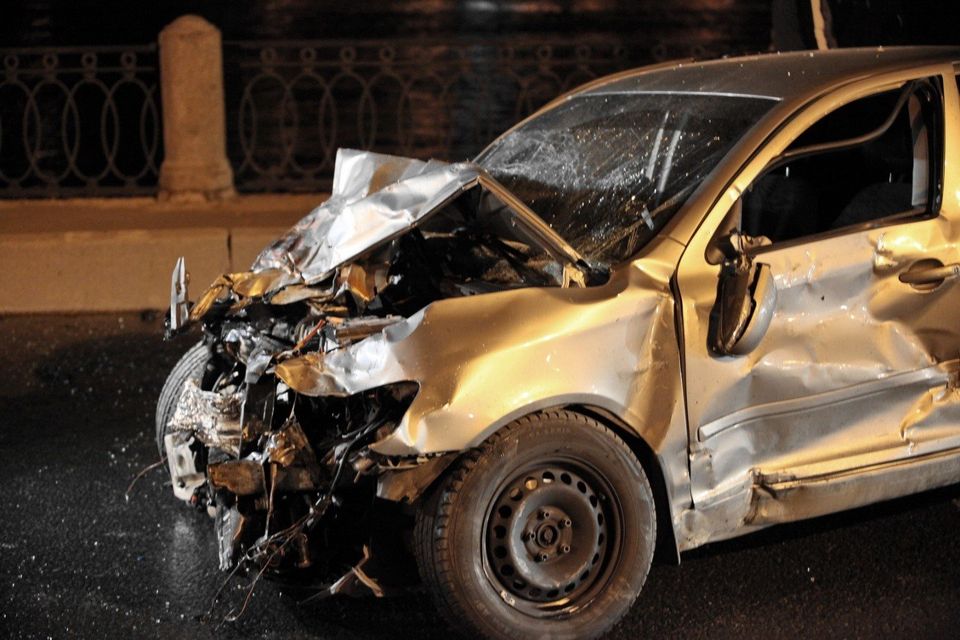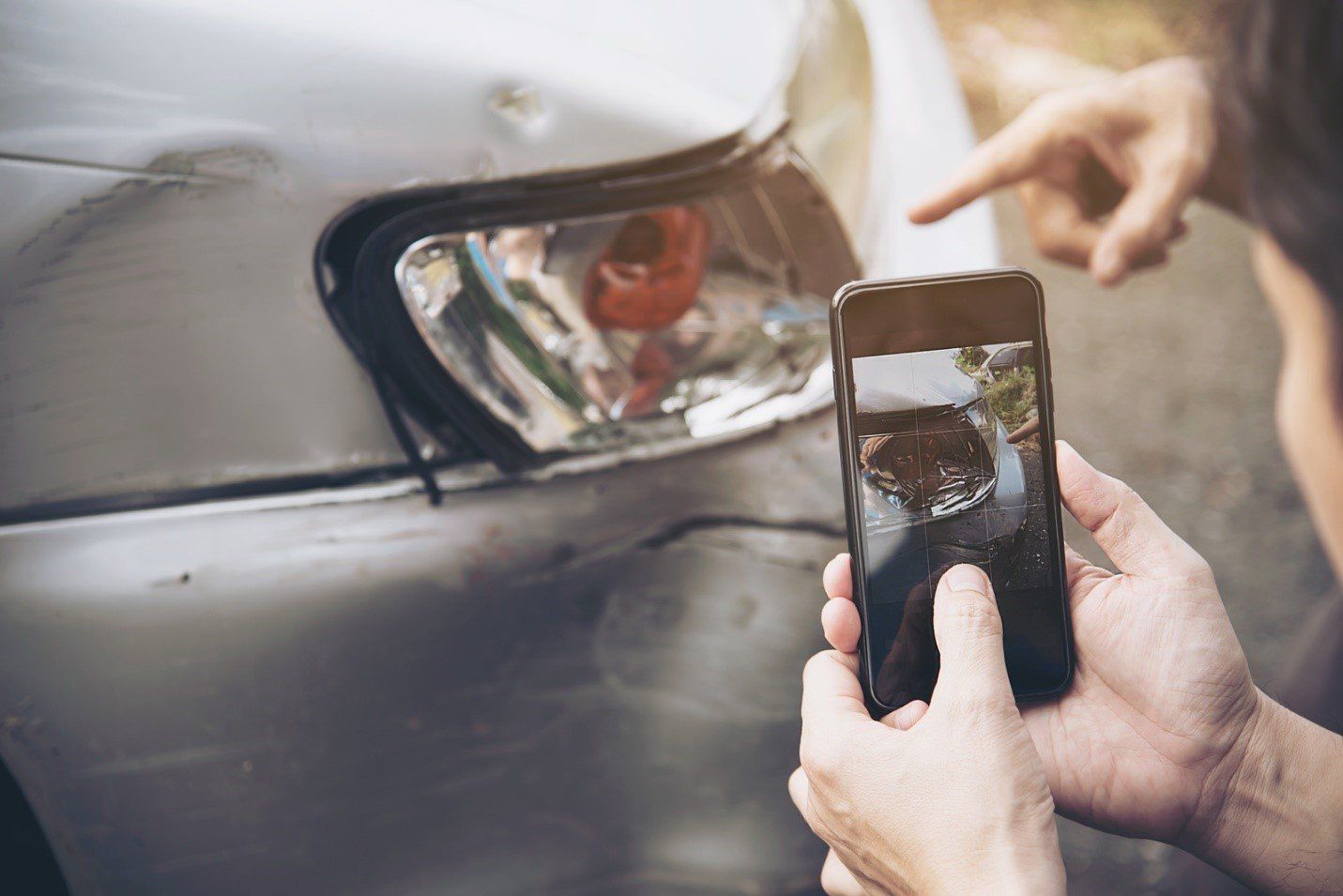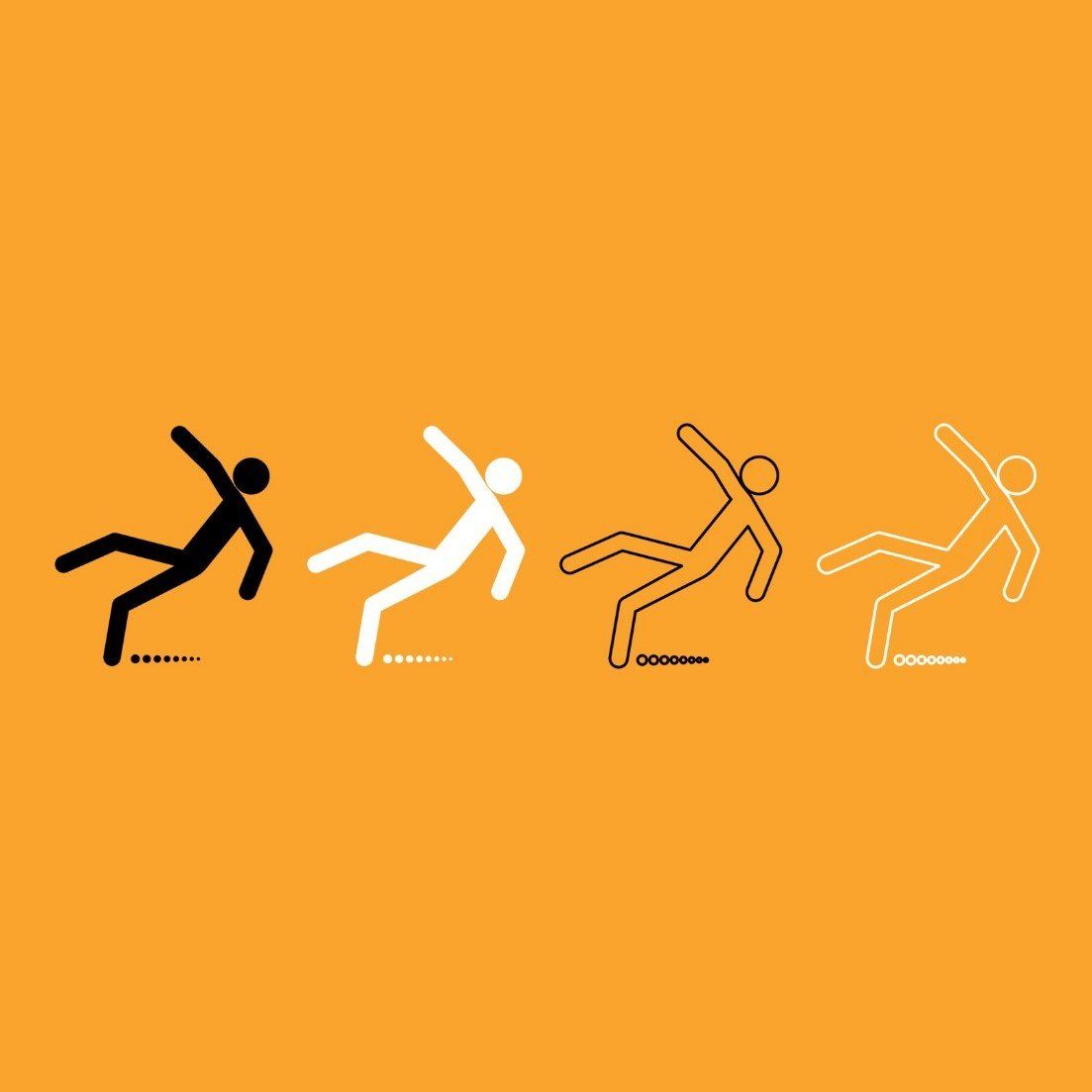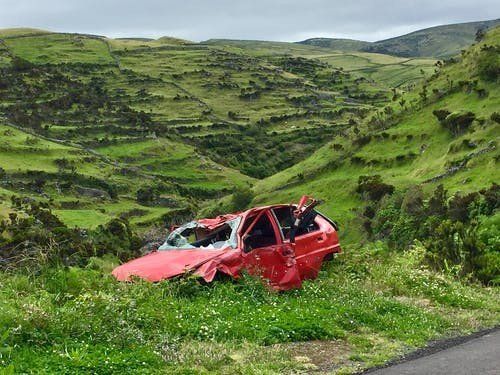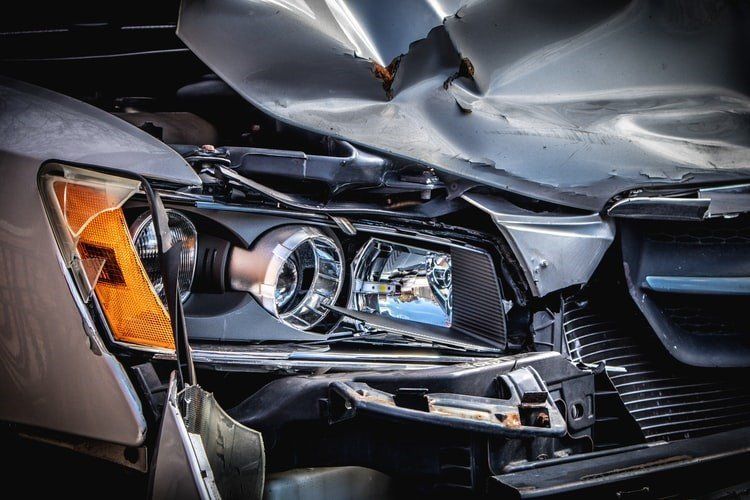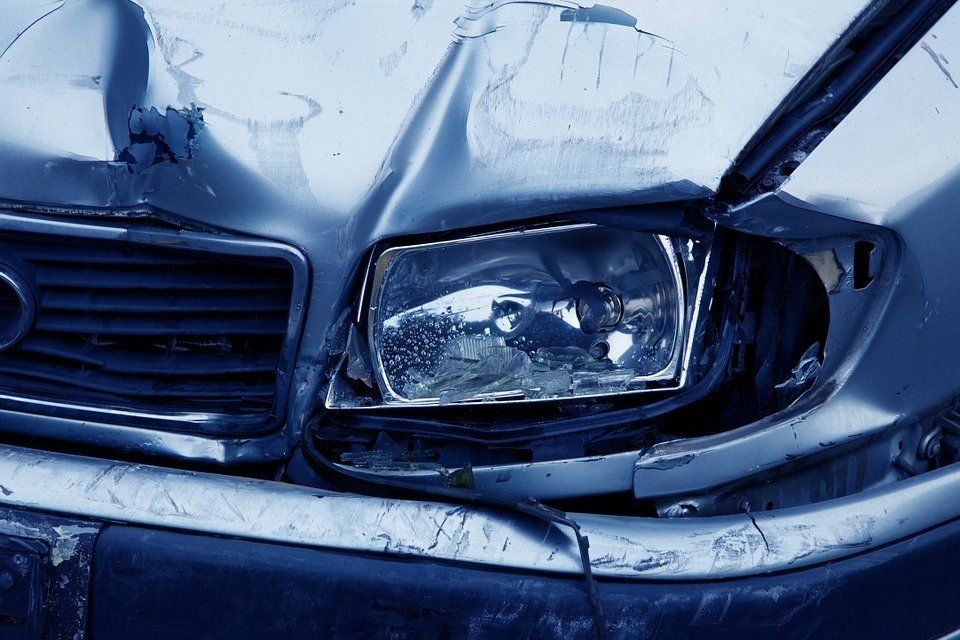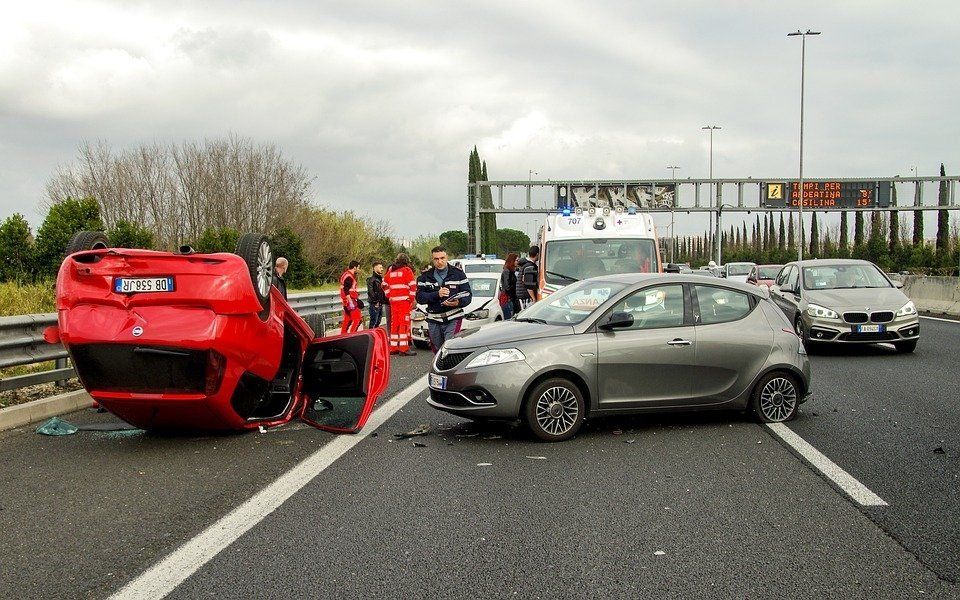Understanding Night-time Visibility Reconstruction
Pedestrian fatalities have remained somewhat consistent in Canada between 2009 and 2018, averaging around 316 per year. According to the World Health Organization (WHO), pedestrians, cyclists, and motorcyclists account for more than half of all road traffic fatalities worldwide.
In Canada, pedestrians account for 17 percent of fatalities in motor vehicle accidents, motorcyclists account for 11 percent, and bicyclists account for 2 percent. When it comes to serious injuries caused by motor vehicle accidents, pedestrians account for 15 percent, motorcyclists account for 12 percent, and bicyclists account for 4 percent.
According to the Canadian Association of Chiefs of Police, 20 percent of all fatal collisions involve driver fatigue. Fatigue-related crashes occur more frequently during the night time, between 3: 00 am and 5:59 am.
With that in mind, accident and collision reconstruction experts typically conduct what’s known as night-time visibility reconstruction to assess the visibility conditions at the time of accidents that occur at night.
Here’s what you need to know.
Replicating Conditions
In order to reconstruct what the driver would have been able to see, you need to replicate as many as possible of the following factors:
- Time of night: This involves attending the scene of the accident at the same or similar time of night.
- Weather conditions: Attending the scene in weather conditions that are the most similar to those at the time of the accident.
- Vehicle lights: Using a similar vehicle or one that’s equipped with headlamps that are similar to those on the vehicle involved in the accident.
- Pedestrian: Using a test subject or a dummy wearing similar clothing as the individual who was struck in the accident.
- Background and other considerations: As much as is practically possible, the scene’s background that the driver would view the pedestrian against will have to be replicated.
Measuring Visibility
Measuring the visibility of the scene involves taking luminance measurements of the background as well as those of the test pedestrian and the general collision area.
Capturing Representative Photographs
When conducting night-time visibility reconstruction, it’s important to take photographs that represent what the investigators could see at the time of the study to provide a general idea of the lighting at the scene of the collision.
Determining Visibility and Detection Distances
The final task to carry out is determining at which point the pedestrian would have first become visible to the driver. On closed roads, this involves driving a vehicle forward slowly until the test pedestrian becomes discernible. In order to get a reliable result, the test is performed repeatedly.
TLS Forensic Engineering—Accident and Collision Reconstruction Experts
We are leading experts in the field of injury and accident reconstruction. With our complete mechanism for accident reconstruction and injury analysis, we can provide you with a detailed understanding of the sequence of events in night-time accident cases.
Get in touch with our team for more information.
